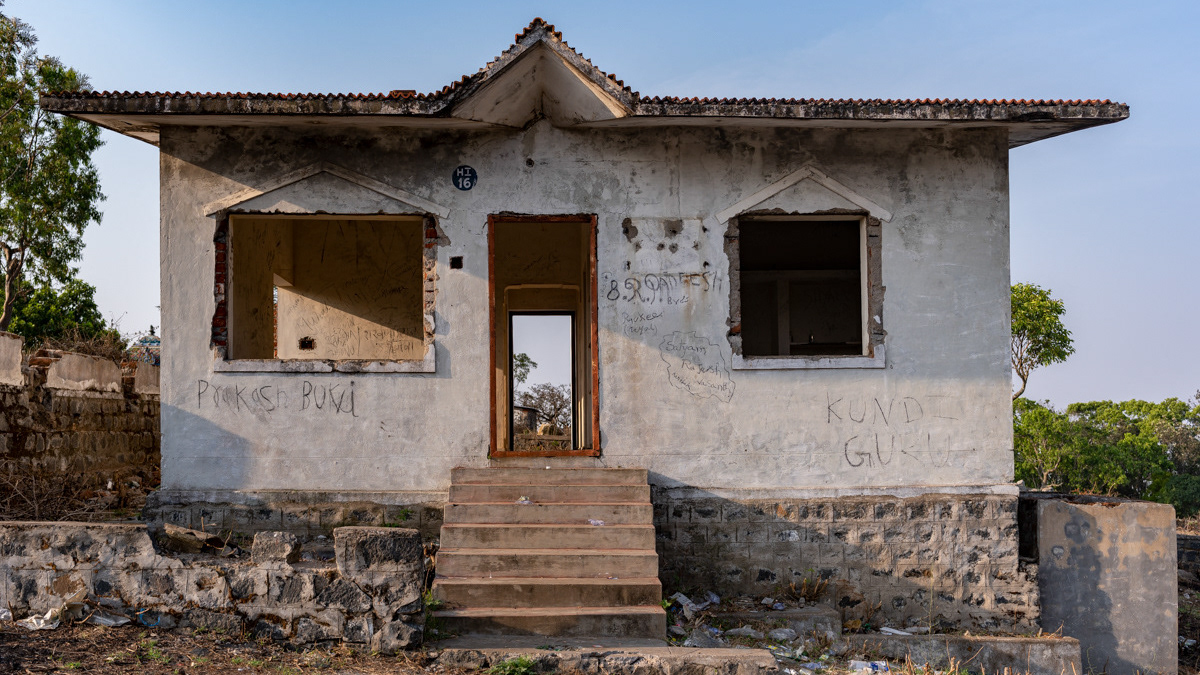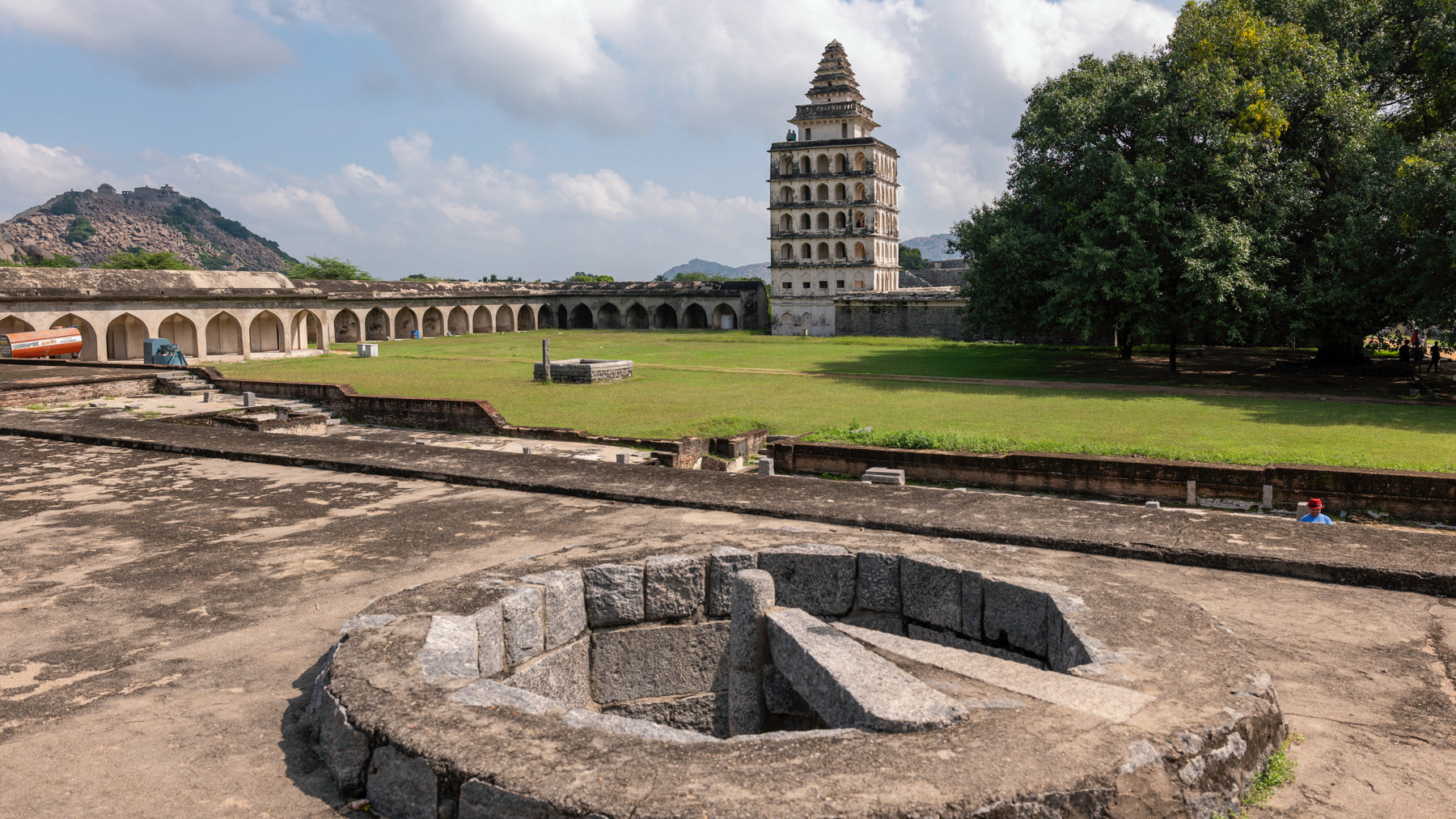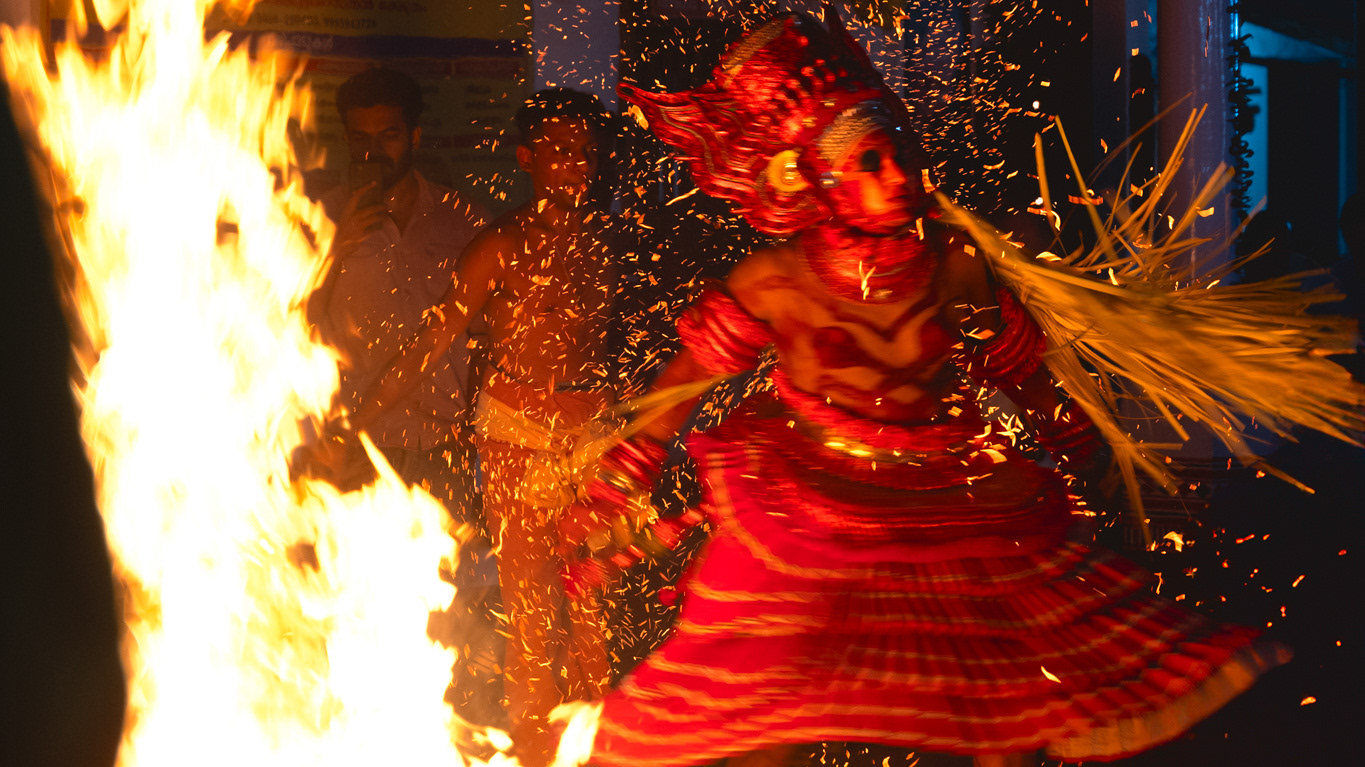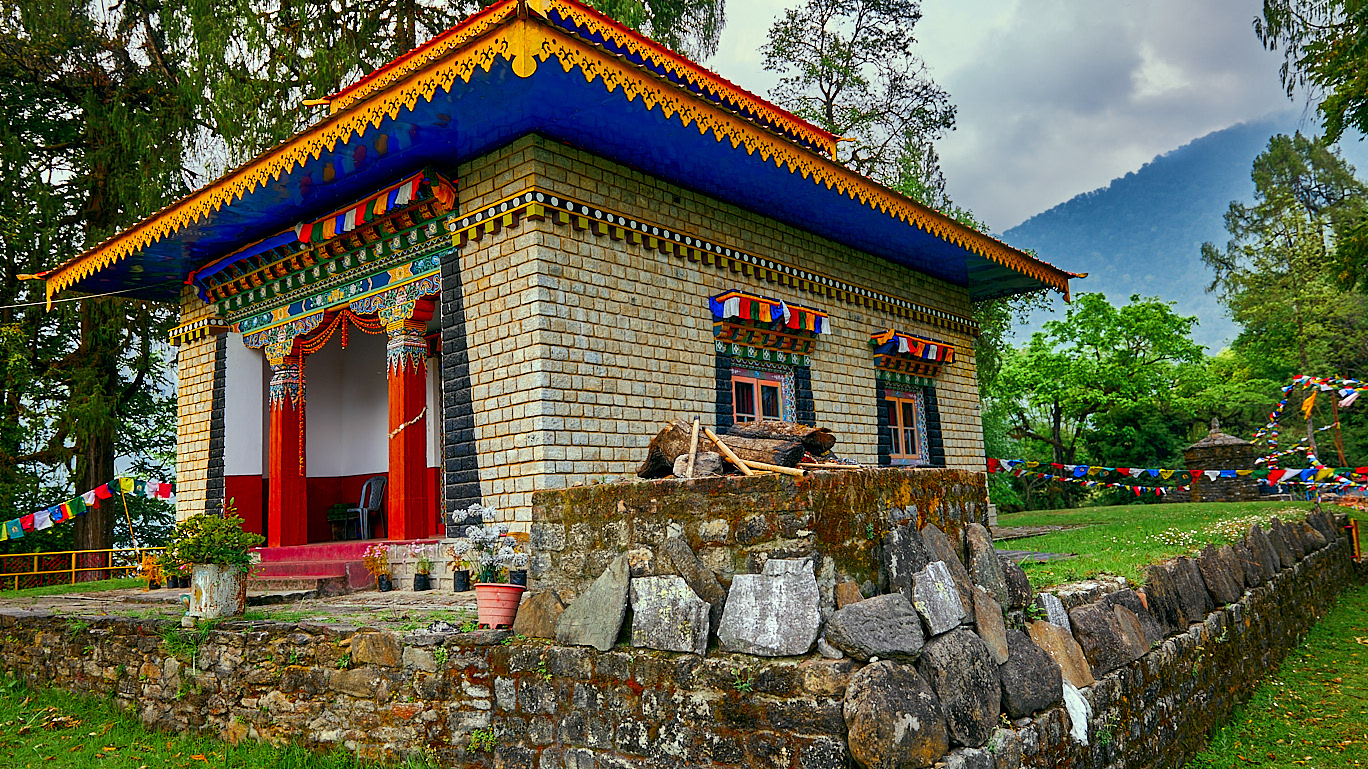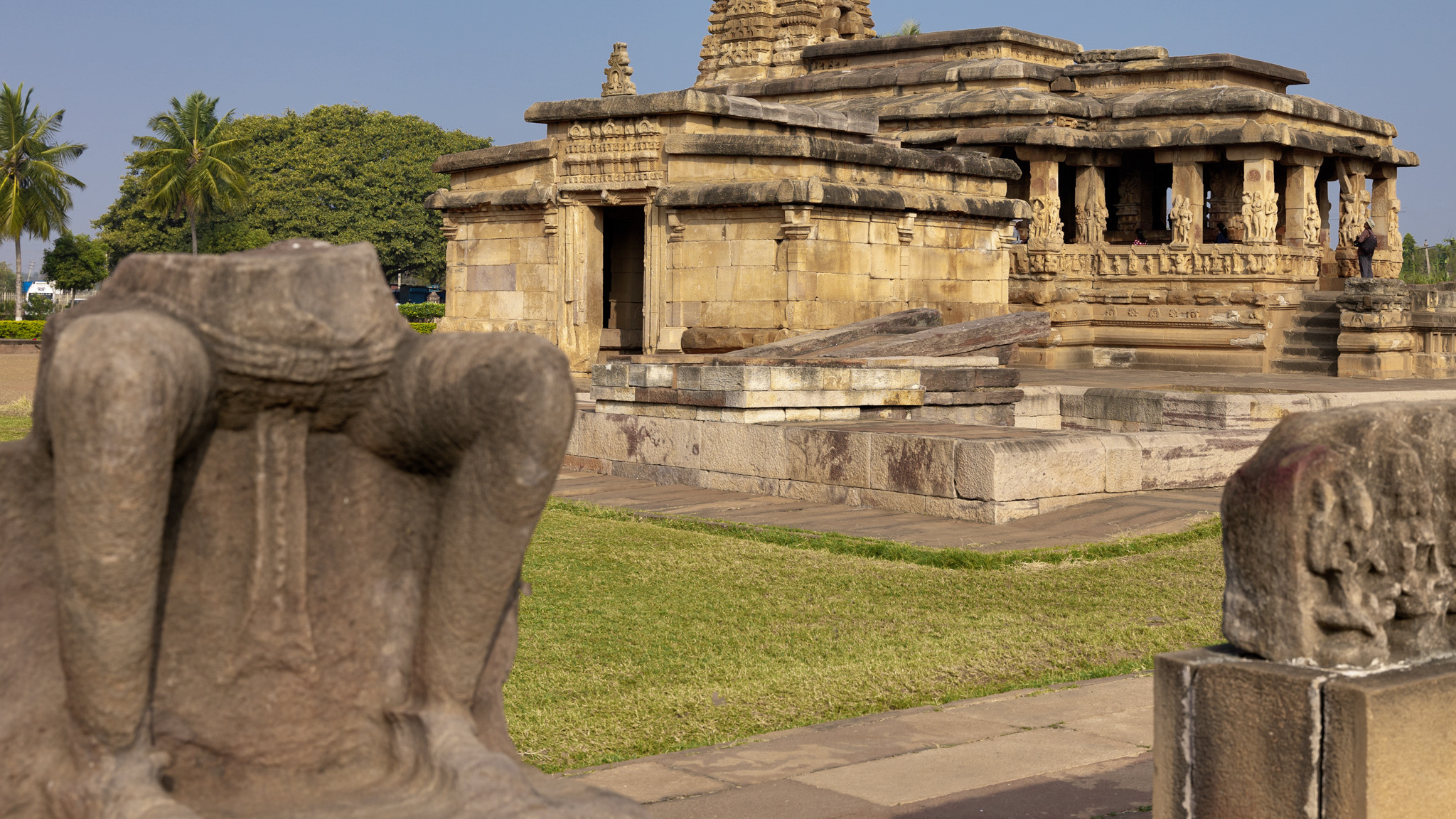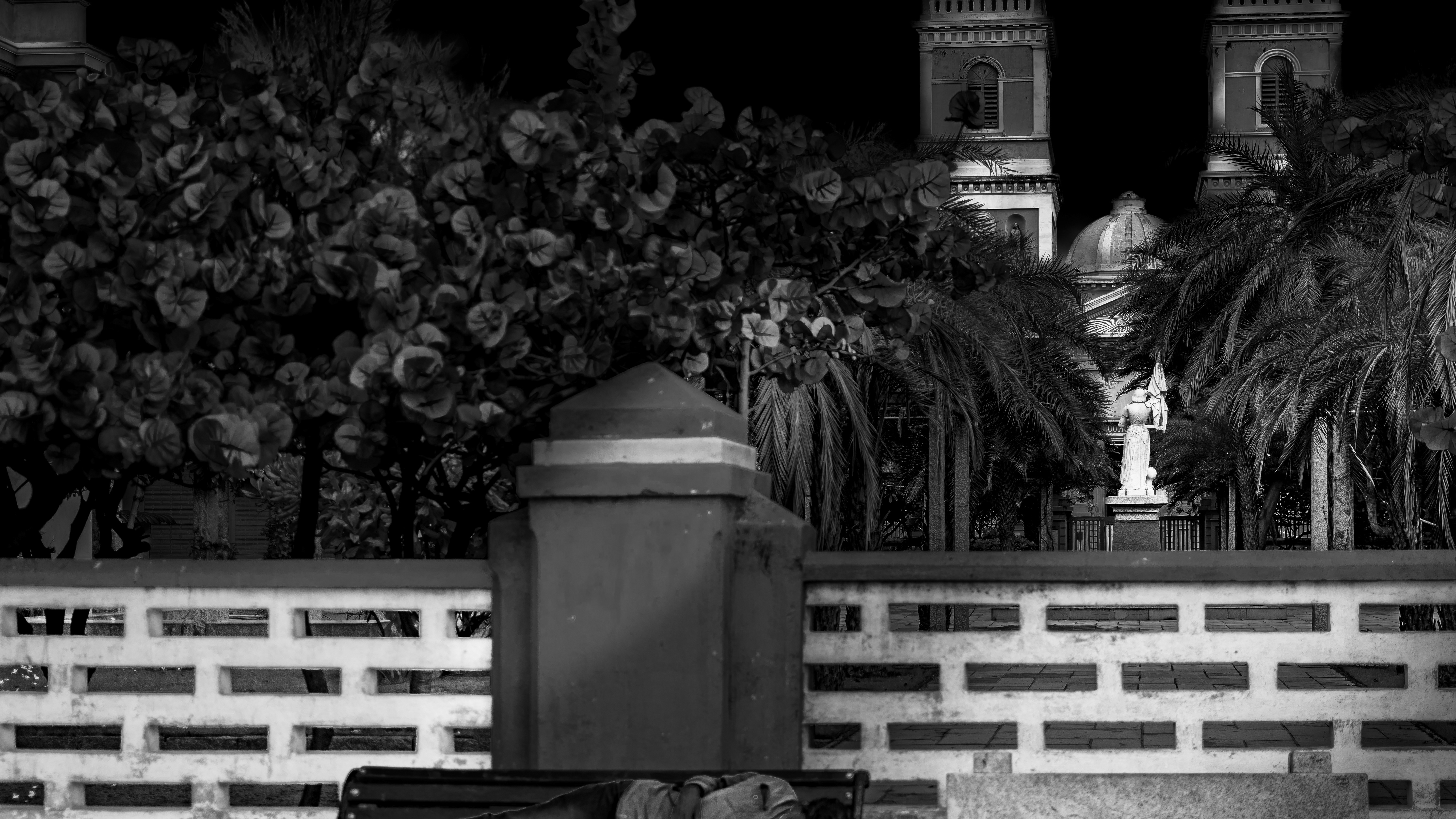Hand block printing on textiles.its all started in a village called Bagru, in Rajasthan, India is still considered a village — and it is, in the ancient way its society is structured according to inherited roles and customs. But like many such Indian villages, it has been swallowed by encroaching urbanization. Straddling the highway to Jaipur, the town of 30,000 people is dense with two- and three-story concrete buildings that occlude any sense of the landscape. Cows and pigs eat the garbage that lines the road as teenagers in jeans zip by on scooters. But in home workshops scattered throughout, you can still find chippas, a caste of printers who continue day after day to stamp lengths of cotton fabric with color using hand-carved wood blocks. They were taught this trade by their parents, who were, in turn, taught by theirs — each generation working almost exactly as the one before, going back at least 300 years.
While printing designs onto fabric most likely originated in China about 4,500 years ago, it was on the Indian subcontinent where hand-blocked fabric reached its highest visual expression. Indians possessed unparalleled expertise in the secrets of natural plant dyes, particularly with mordants (metallic salts that both create color and allow it to adhere to fabric). A kind of mud resist-printing, called dabu, which allows areas of a design to be reserved from dye, also flourished here. A series of combinations of mordant and resist stamping and dyeing enabled Indian printers to create uniquely complex designs, coveted from Southeast Asia and palaces of Mughal emperors to the far-flung capitals of Western Europe. Between outside influences and the diversity of the subcontinent’s own indigenous communities and tribes, India has yielded one of the most magnificent pattern vocabularies ever. And yet for the past 200 years the industry has been on the precipice of extinction, doomed in part by the popularity that helped create it. Add technological advances, corruption, bungled policies and the greater income opportunities in India’s cities, and the picture looks bleak.
